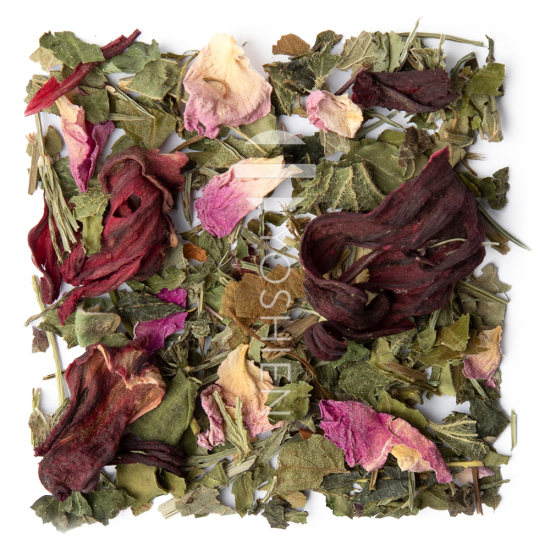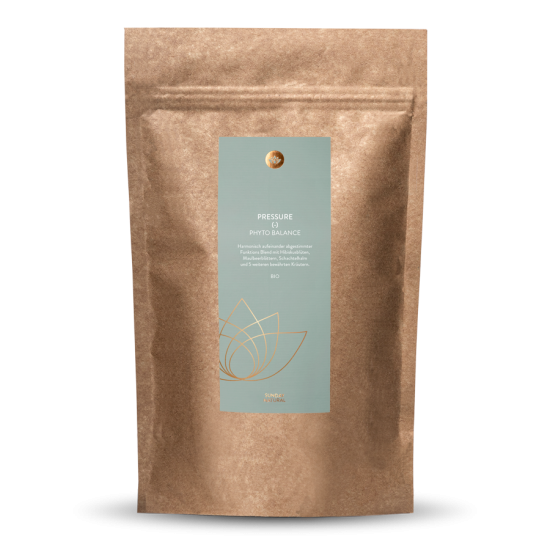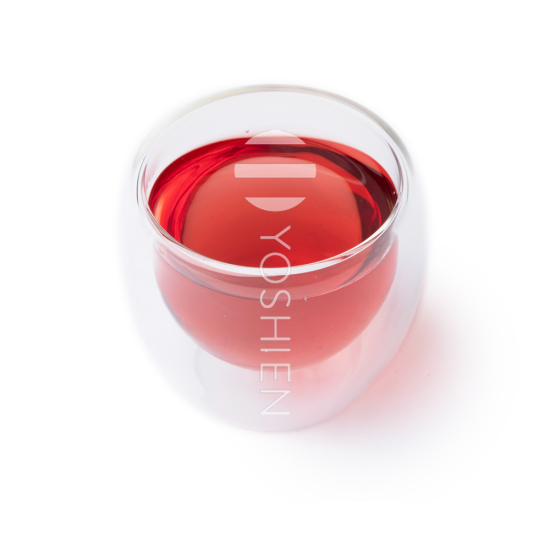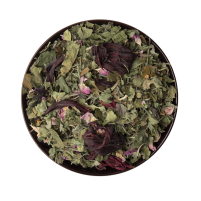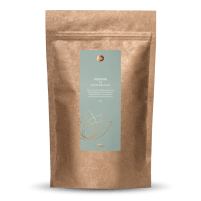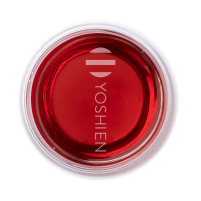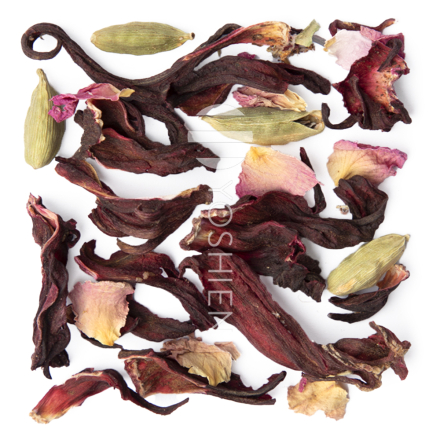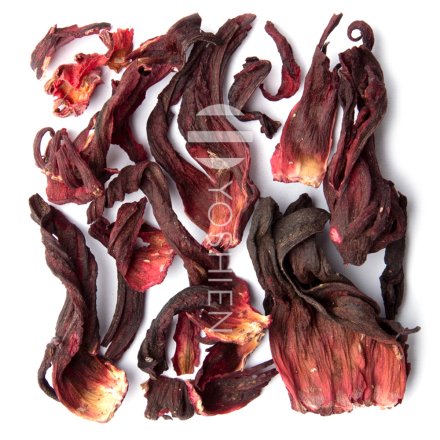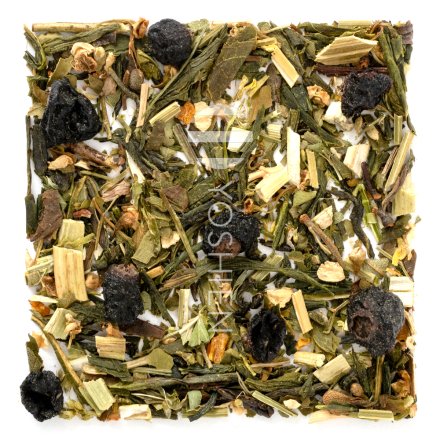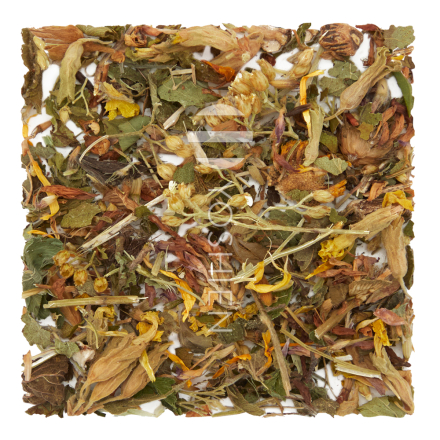Lemon Balm
Lemon balm (Melissa officinalis) is a widely used and popular medicinal herb. Whether in tea, on desserts or in lemonade, it always makes a great addition. Originally from the Mediterranean region, it was planted in monastery gardens in the Middle Ages and now also grows wild in sunny but sheltered places, especially in wine-growing areas.
Hawthorne
The hawthorn (Crataegus) is a stone fruit belonging to the Rosaceae family. It is mainly found in North America, but some of the 300 species can be found in Europe. As a protective shrub, the hawthorn was often used as a field border and many animals thrive around and in it. It was known for its effects among ancient Germanic tribes and was revered for its nutritious berries.
Horsetail
Horsetail (Equisetum arvense) has been used since ancient times as a natural remedy and contains a whole range of valuable phytochemicals.
Hibiscus
Hibiscus (Hibiscus L.), also known as red mallow or African mallow, is native to the tropics and subtropics. Its cooling character has given it a firm place in traditional herbalism, and it has also become irreplaceable ingredients in classic fruit teas.
Nettle
The stinging nettle (Urtica dioica, Urtica urens) deserves a place of honour in the world of medicinal herbs. Persistent, undemanding and effective, it thrives worldwide except in Antarctica. It grows readily in the vicinity of humans, and should not be missing from a herbal mixture.
Mulberry tree
The leaves of the mulberry tree (Morus Folium L.) have been an important crop plant since ancient times, and not just in Asia. Originally they were native to the temperate and subtropical regions of the north outside of Europe. The tree was already widespread in Europe in antiquity and was used in a variety of ways.
Passionflower Herb
The passion flower (Passiflora incarnata), native to Central and South America, made its way from the Suptropics to the colder parts of Europe and came to Europe as an ornamental plant. Its 5 scars are venerated in the Christian faith as the 5 wounds of Christ. While the indigenous tribes of the Americas mainly used the roots, the Europeans discovered the soothing effect of the herb.
Rose
The rose (Rosa centifolia) is a true Persian; Iran has the most rose varieties today. We owe today's rose diversity in Europe to Charlemagne, who initiated the cultivation of the rose as a fragrant and useful plant. It is not merely a symbol of love; for both the Greeks and the Chinese held its qualities in high esteem.



